The OGs of Craft Beer | Russian River – Pliny the Elder
Neither Vinnie nor Natalie Cilurzo are likely to read this piece about Russian River Pliny the Elder.
Not that it is anything personal; it is just that when you are in the nonstop process of brewing world-class beer while expanding from a 17,000 BBL system to a 70,000 BBL system, you tend to lack the time to Google yourself.
“Look around,” Natalie smiled, gesturing around their packed Santa Rosa taproom on an idle Tuesday summer evening, “Does it look like we need any publicity?!?” (This was not even during Russian River’s annual Pliny the Younger release, when thirsty patrons travel from all over the world, often waiting in line for over eight hours.) Natalie was explaining why Russian River has had to consistently turn down requests for documentary exclusives, features in beer-centric news stories, and so on. Such things tend to be an interruption into the already overwhelmed and bustling brewing schedule.
In order to contextualize Pliny the Elder’s iconic status in the beer world, you have to travel back in time almost 25 years – and 500 miles southeast of Santa Rosa. It would also be helpful to consider other classic icons.
(READ: PorchDrinking Explores the OGs of Craft Beer)
For example, were it not plagued by disaster throughout its entire production, would Apocalypse Nowhave become Francis Ford Coppola’s masterpiece? No one will ever know. (Marlon Brando showed up on set grossly overweight, disheveled, capricious, unable to memorize his lines, and saddled with a cocaine habit – and that was just Brando. You can see the countless other fiascos that beset Coppola’s project in the documentary Hearts of Darkness.)
What we do know, however, is that genius is often buttressed by limitation and adversity.
From Blind Pig to Pliny the Elder
In 1994, Vinnie and Natalie had just opened Blind Pig Brewing Company in Temecula. When a cannabis-loving convict known to everyone as Electric Dave sold these fledgling brewers secondhand plastic fermenters, history was set into motion.
Electric Dave was the Cilurzos’ Marlon Brando.
Uncertain of how the plastic would affect the quality of their beer, the Cilurzos doubled the hops bill in their IPA recipe, anticipating the need to mask any potential flaws. Blind Pig’s Inaugural Ale instantly became legendary, and the style of the double IPA was born. Double IPAs became an anniversary tradition at Blind Pig. In fact, an unknown upstart named Greg Koch is reputed to have tapped out the last of Blind Pig’s Second Anniversary Ale while filling his growler.
Circumstances led to the closure of Blind Pig and the Cilurzos’ exodus to wine country in Santa Rosa. By 2000, double IPA was gaining wider acknowledgment, so much so that The Bistro in Hayward decided to host a competition devoted to the style. Bistro owner Vic Kralj invited Vinnie and Natalie to bring their best. Vinnie dubbed his entry Pliny the Elder, named for the Roman naval commander and philosopher whose first-century book Naturalis Historiais credited as the first known categorization of hops. (Note: The lupus salictariusin Pliny the Elder’s “Natural History” may or may not be the hops plant as we know it; but at this point, does it really matter?)
Eighteen years later, Pliny the Elder is still going strong; its 1000th batch was just brewed in July.
Pliny the Elder
ABV: 8% | IBU: 100
For those as yet unlucky enough to experience the subtle greatness that is Pliny the Elder, here is what you can expect.
Pliny the Elder pours a brilliant golden nectar with impeccable clarity. It is capped with a dense white head that leaves lacing on the glass to remind you that “sticky” hops are not a new innovation. The robust aroma leaves you with impressions of grapefruit and pine. Pursue it further and you will detect whiffs of pineapple, peaches, and mango.
Once you drink it, Pliny the Elder’s story begins to unfold even further. A dry and slender body houses a finely textured malt profile, providing the beer with sufficient balance that asserts that at least in its origins, the double IPA as a style exercised some restraint in contrast to the plate-annihilating hops profiles we know today. Lightly sweet malts warm your senses to the full spectrum of hops complexity: mango, grapefruit pith, pineapple, and orange zest, to name a few. Pliny the Elder drinks dangerously smooth for its 8% ABV, but it is best savored slowly in order to appreciate it in all its fullness.
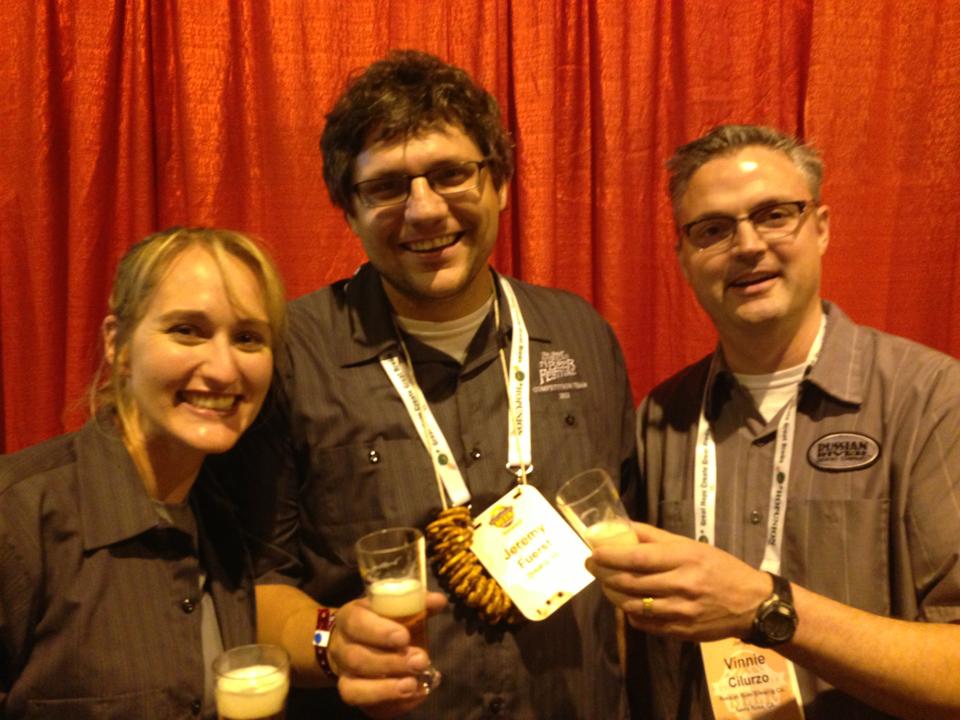
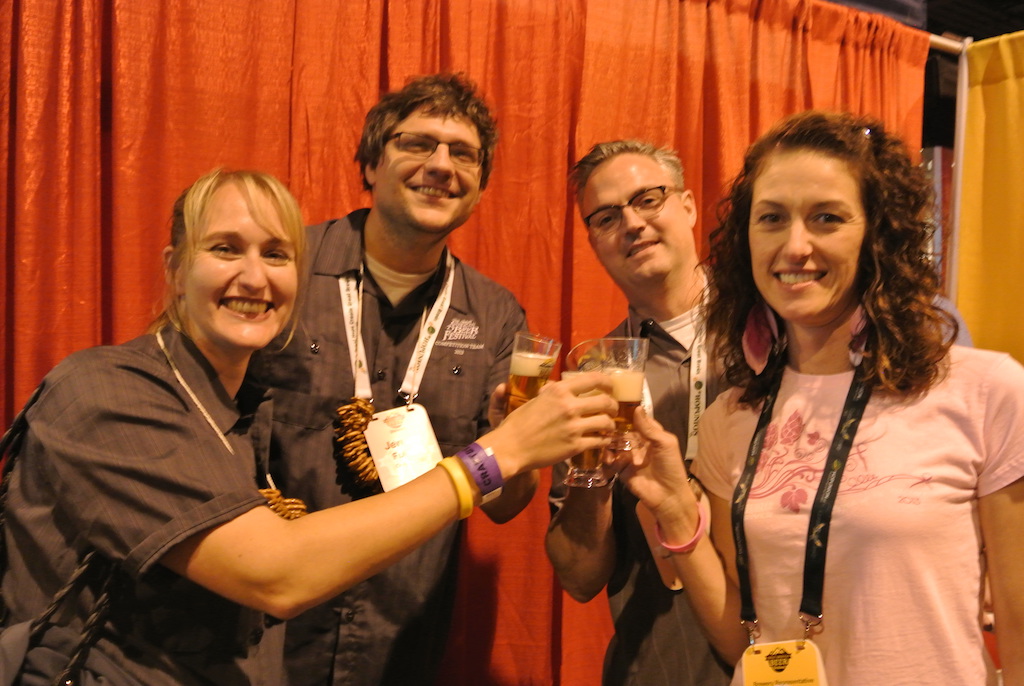
Pliny the Elder is more than a beer; it’s a story in a bottle
Much has been made lately of the hype surrounding any number of beers, and Pliny the Elder is among those sought-after treasures that has been singled out. There is no shortage of self-appointed arbiters of greatness in the craft beer world these days, offering refutations as to why Pliny the Elder is unworthy of its widespread acclamation.
What we would say in response is this. It is easy to lose sight of the fact that beer is so much more than the sum of its parts. Most of us have the sensory experience of beer pretty well established: you inspect its appearance, you take in its aroma, and you allow its flavor to take over your palate. From there we make an evaluation. This does not take much. You can sign up for any number of courses and you can even take the BJCP exam and pass with flying colors.
Part of what makes beer great, though, is that it is a story in a bottle. The story behind Pliny the Elder is one that has shaped the craft beer landscape and challenged its collective imagination. And it all started with a young and bright-eyed couple starting their life together with a shared vision.
Several years ago, I was living in Omaha and dating a woman named Shannyn who was about to make a trip to San Francisco. I begged her to bring me back some bottles of Pliny the Elder. Since we were only a few months into our relationship, Shannyn was eager to impress; she drove around the Bay Area for five hours looking for these cherished bottles. As she was not a fan of beer at all, she was befuddled by the hysteria surrounding this strangely-named beer, the difficulty finding it, and the two-bottle purchase limit.
So I sat her down and poured her a glass. A convert to craft beer was won that day.

Just over a year later, Natalie surprised Shannyn by dropping something in her tasting glass when we dropped by the Russian River booth at the Great American Beer Festival – something that was not beer. Inside was Shannyn’s engagement ring. Six months later, Pliny the Elder was served to our wedding party.
Later that year, Vinnie and Natalie renewed their vows.
Russian River’s story is still unfolding, and if you are not careful, the narrative found in Pliny the Elder may just reshape your own.
“Hope is the pillar that holds up the world. Hope is the dream of a waking man.”
-Pliny the Elder
About the OGs of Craft Beer Series
We at Porchdrinking.com thoroughly enjoy covering craft beer trends and showcasing the newest and beers. But, before terms like Brut, Milkshake, New England and even BBA entered the brewing-industry lexicon, beer fans were thrilled to taste Ambers, Pale Ales and some mysterious beer that may or may not have arrived from India. So, for one month, we are going to take time to remember some of those OGs of Craft Beer — the brews that made it all possible. While we can’t cover all the OGs of Craft Beer, we want to take this time in August to pay homage to several of them. If your favorite “classic” isn’t on the list; don’t fret. Let us know what you loved back in the day (or still do), and bring attention in the comments section below or via our social media channels.


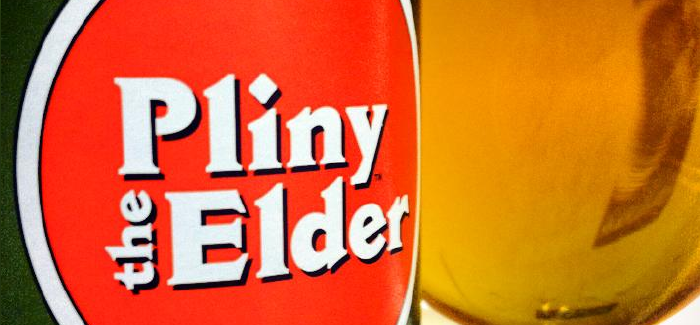


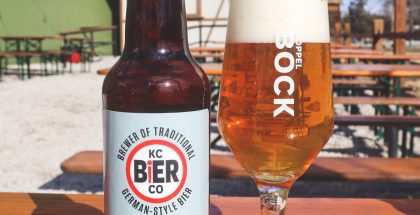

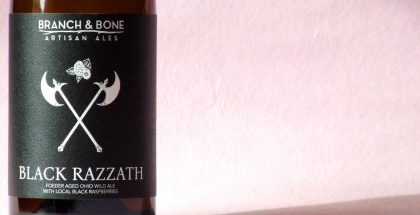
Submit a Comment